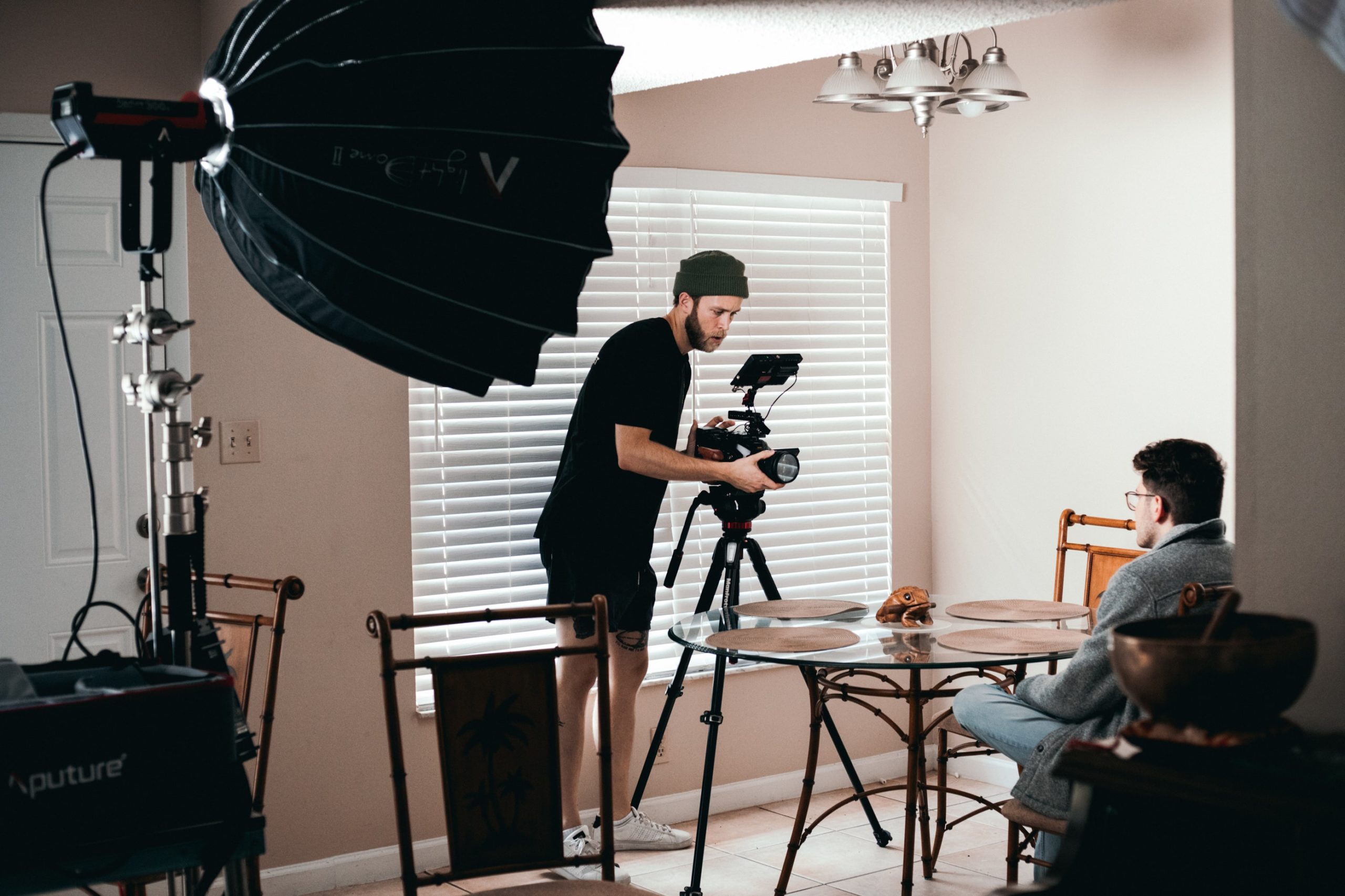There are many ways to film an interview. The type of content you produce, and your own distinct style will play a major role. However there are a few staple elements that every interview should adhere to and we’ve got them laid out for you.
Scout Your Location
Knowing where you’ll be filming is the most important step in your process. There are many factors that can both hinder and help your interview but becoming familiar with your location will allow you to have a degree of control. Everything that follows will be dependent on your location, your lighting, sound levels, etc.
Will you be filming indoors or outdoors? You’ll know if you need to prepare for the elements. How is the lighting at the time of day you will be filming? You can ensure that you bring your own lighting package. Will you be on a set or perhaps filming in multiple locations? Scouting your location beforehand will allow you to prepare for all of these variables and keep you focused on your interview in the moment.
Ensure That You Have Clean Audio
If you’ve ever had the misfortune of having less than stellar audio for your video, you know that it can make or break any video. You can have the most beautiful looking footage, but if your audio is bad or distracting, your video can be unwatchable.
Having a quiet place to film is crucial to ensure that your interview is audible and not distracting. The quieter the better, unless your interview is purposefully set in a public space. Having your interviewee mic’d with a properly positioned lavalier is your best bet to keep the individual’s audio as clear as possible.
Lighting & Set Design Go a Long Way
The right lighting will not only give your video a professional look, but it will also ensure that your interviewee looks their best. If you are lucky enough to have natural light, ensure that you’re sitting opposite the light source and not with your back to it or else you’ll appear darkened. Be aware that natural light is out of your control and may shift with the time of day or changing weather.
For the most controlled scenario, having two or three lights will give you the best lighting. Your main light should be “soft” and focused on your interviewee. Your second light will focus on the background, and while a third “fill” light isn’t necessary, it can accentuate the hair and edges of your subject.
Multiple Angles Are Your Friend
While you can surely conduct an interview with one camera, having multiple angles will give you much more freedom. Having at least a camera B gives your interview movement. It can also provide you with an easy way to make clean edits without using jump cuts.
The most ideal setup would be a main camera that captures the interviewee and interviewer (if you choose to have them in frame). Then a camera B that is framed with a close-up can be useful to accentuate emotional moments. If you have the ability to include a third angle, you can get creative. Maybe have it on a slider or dolly for ultimate movement during the interview. You can even include shots of the whole setup as part of the interview, the world is your oyster at this point.
Make Sure You Guest is Comfortable & Actively Listen
You’ll get the best out of your guest if they are in a comfortable head space. Ensuring that you not only ask engaging questions, but also responding in kind, rather than moving on to the next, will make your interview natural and more conversational.
You can prepare with as much research and as many questions as you can (and you should!), but leave space for the interview to go in a natural direction. Remembering to actively listen can present you with information that may not have occurred if you stuck to your pre-determined questions.
With these basic elements in mind, you’ll be more than prepared to film a professional interview. If you’re in need of royalty-free music for your background music in the interview, be sure to check out our extensive Loudly library!


